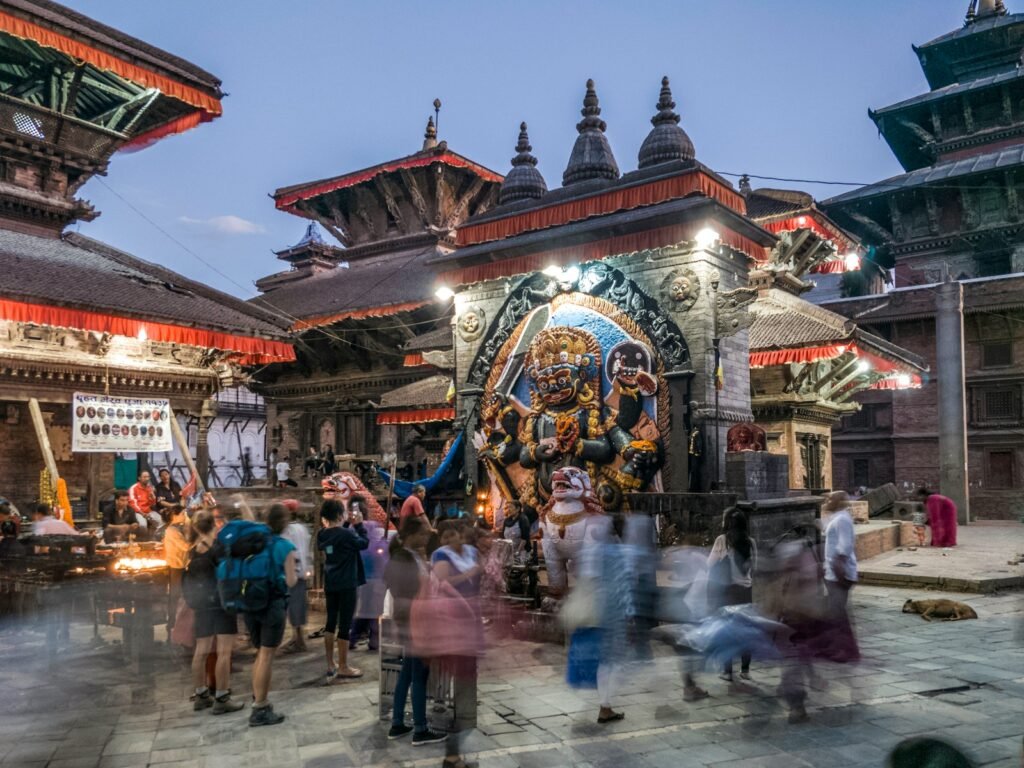A city of living gods, swirling incense, and centuries-old temples, Kathmandu pulses with secrets hidden deep within its ancient stones. But beneath the city’s vibrant chaos lies a story few tourists ever hear—a tale written not just in scriptures, but in layers of brick and wood, scarred and shaped by the earth’s tremors. Imagine walking through a bustling square, sunlight glinting off gilded rooftops, while beneath your feet, the ground itself remembers every earthquake that has shaken the valley. These memories, etched into the temples and shrines, are more than relics—they’re silent warnings and scientific clues, waiting for curious minds to listen.
Ancient Temples as Living Time Capsules
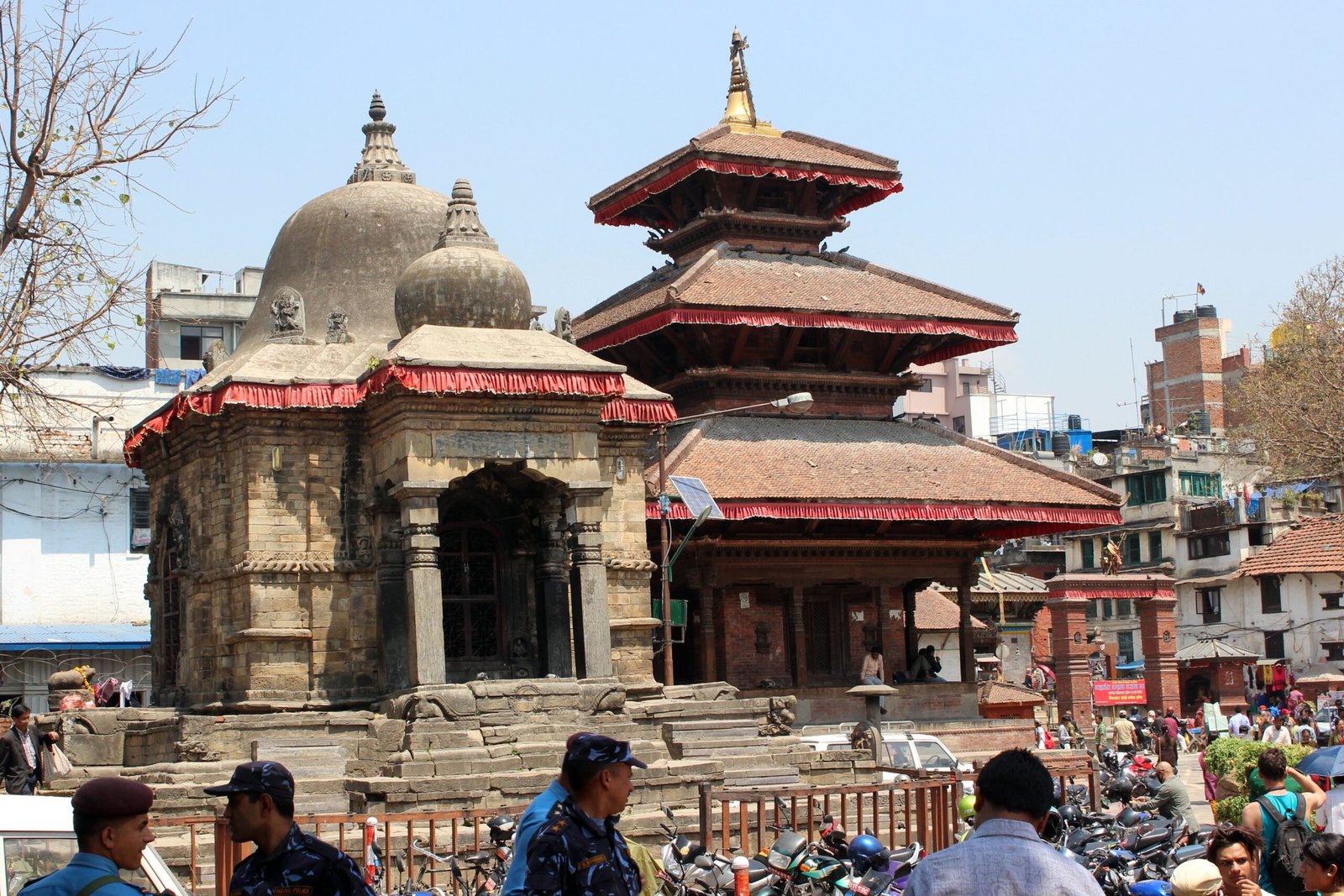
Kathmandu’s temples are far more than architectural marvels; they are living time capsules. Every brick and beam tells a story, holding evidence of earthquakes that rocked the valley centuries ago. The layered repairs and mismatched stones are like a diary, chronicling each disaster and the community’s resilience. When you touch a temple’s wall, you’re not just feeling cold stone—you’re connecting with generations that have survived, rebuilt, and carried forward their history in the very materials around you. These temples offer a tactile record, a physical timeline shaped by seismic energy and human adaptation.
The Kathmandu Valley: A Seismic Crossroads
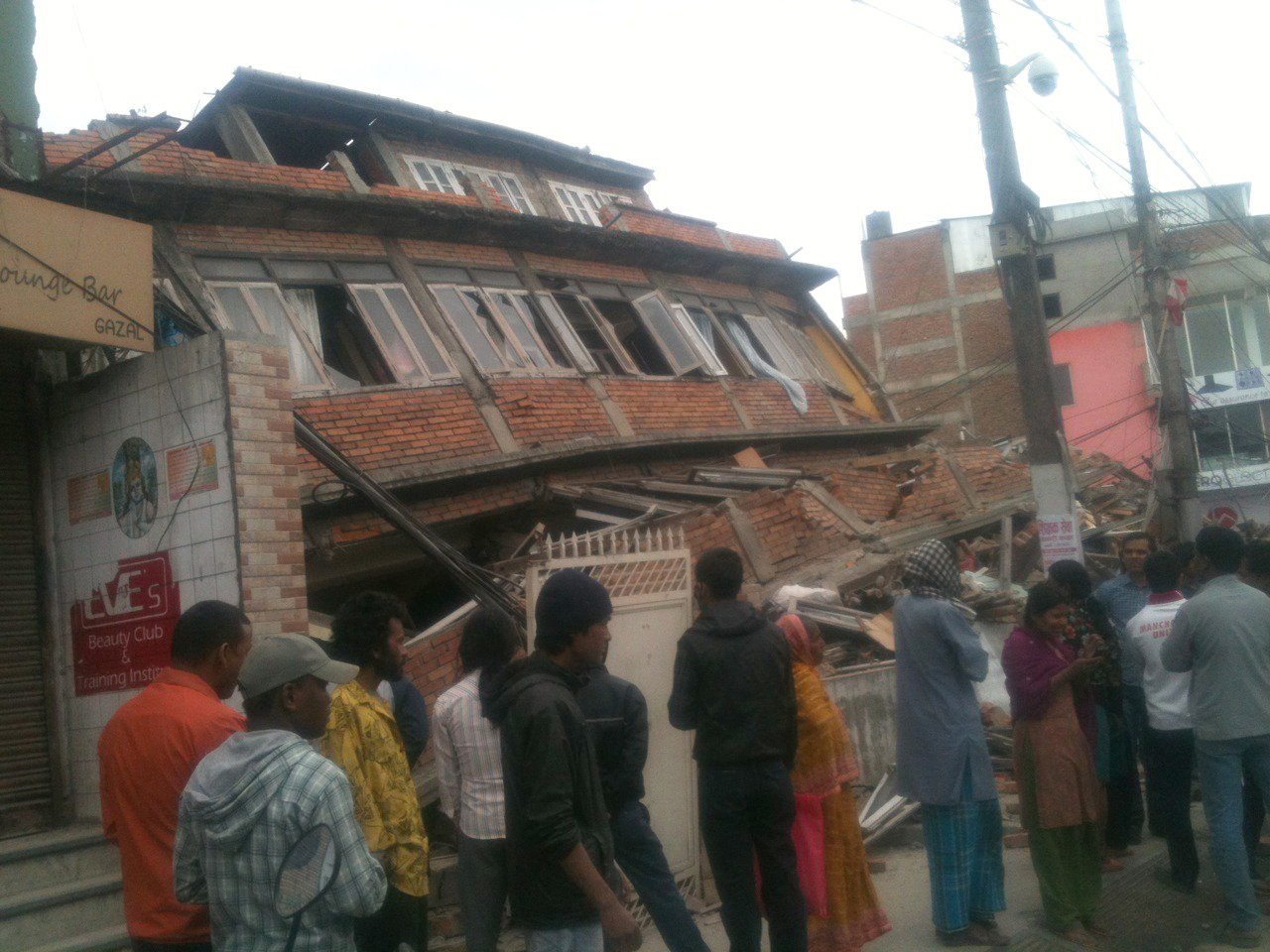
Nestled between the Himalayan peaks and rolling hills, the Kathmandu Valley sits at a crossroads of tectonic forces. The Indian plate, pushing northwards, collides with the Eurasian plate, making this region one of the most earthquake-prone areas on Earth. This constant geological wrestling match is the reason for the valley’s fertile soil—and its tragic history of devastating quakes. For centuries, the people of Kathmandu have lived with the knowledge that the earth beneath them is never truly still, and their buildings reflect that uneasy relationship.
Reading Stones: How Temples Reveal Past Earthquakes
Archaeologists and geologists have learned to read temples like books, searching for cracks, tilted columns, and patchwork repairs. Each irregularity tells a story. A wall that suddenly changes style or stone type may mark the site of an ancient collapse and rebuilding effort. Sometimes, wooden beams are recycled from older, destroyed structures, their charred ends hinting at fires sparked by shaking ground. These clues allow scientists to stitch together a timeline of earthquakes, even when written records are missing or incomplete.
Durbar Squares: Public Records in Brick and Mortar

The grand Durbar Squares of Kathmandu, Patan, and Bhaktapur aren’t just city centers—they’re public records. Every temple, statue, and palace here has been shaped by seismic events. Walk through these squares, and you’ll notice a patchwork of old and new stones, some still bearing the scars of past quakes. In 1934 and 2015, massive earthquakes toppled many of these monuments, but each time, the community rebuilt, layering new history over the old. The squares are, in essence, open-air museums of seismic survival.
Traditional Building Techniques and Earthquake Resilience
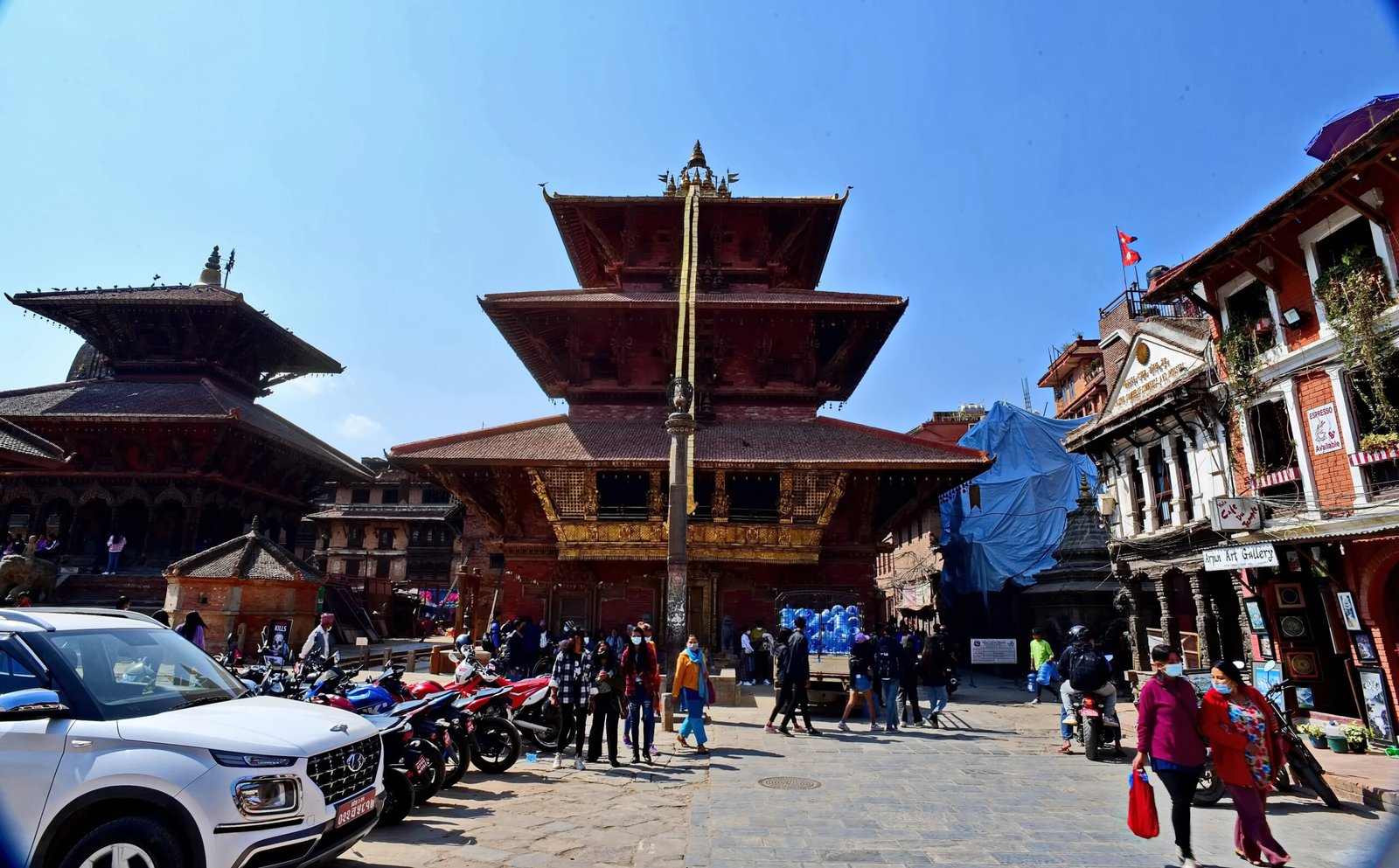
The ancient Newari builders of Kathmandu were ingenious, crafting temples to flex and sway rather than shatter. They used timber frames, interlocking bricks, and even sand cushions beneath heavy stone bases. These techniques weren’t just aesthetic choices—they were early forms of earthquake engineering, born from hard-won experience. Modern engineers now study these old methods, hoping to learn lessons that could protect future generations from disaster.
Symbolism in Ruins: Cultural Memory and Earthquakes
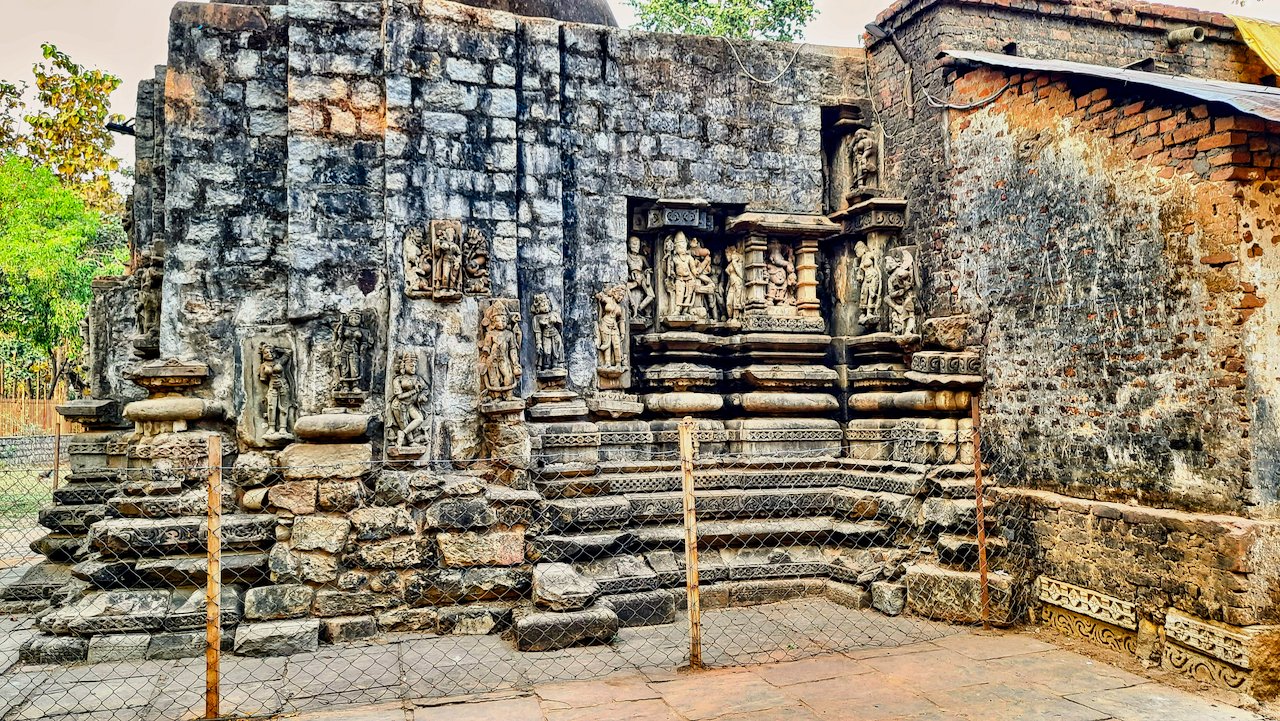
When earthquakes struck, the damage wasn’t just physical—it etched itself into Kathmandu’s collective memory and mythology. Many temples have legends attached to their destruction and rebirth, blending fact with folklore. Stories of gods angered or appeased by quakes fill local lore, turning each ruin and repair into a symbol of resilience and renewal. The city’s identity is intimately tied to this cycle of loss and rebuilding, a testament to the human spirit’s stubborn hope.
Scientific Clues Hidden in Temple Foundations
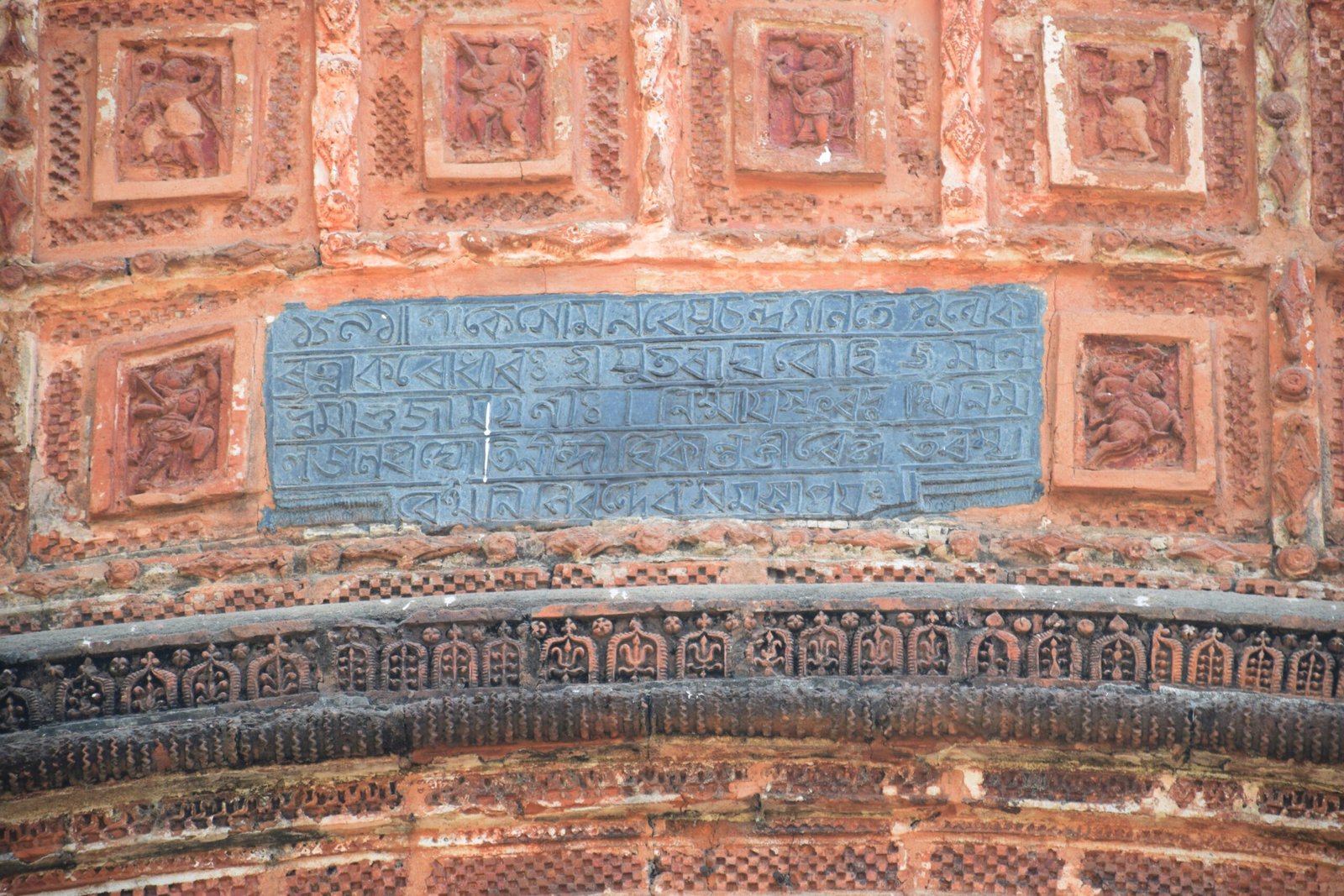
Beneath the visible temples lie even older foundations, often uncovered during renovations or after a quake. Archaeologists have found layers of collapsed bricks, sandwiched between later reconstructions, like pages in a book. These layers are gold mines for scientists, offering physical evidence of past earthquakes. By dating the materials and analyzing the damage, researchers can map out the valley’s seismic history far beyond what ancient manuscripts reveal.
Modern Technology Meets Ancient Wisdom
Today, scientists use everything from laser scanning to ground-penetrating radar to investigate Kathmandu’s temples. These high-tech tools, combined with traditional knowledge, help reconstruct the story of each earthquake layer. For example, digital models can show how a temple rocked and shifted during a quake, while chemical tests can date the mortar used in repairs. This marriage of old and new methods is unlocking secrets that once seemed lost to time.
The 2015 Earthquake: A Recent Chapter in a Long Story
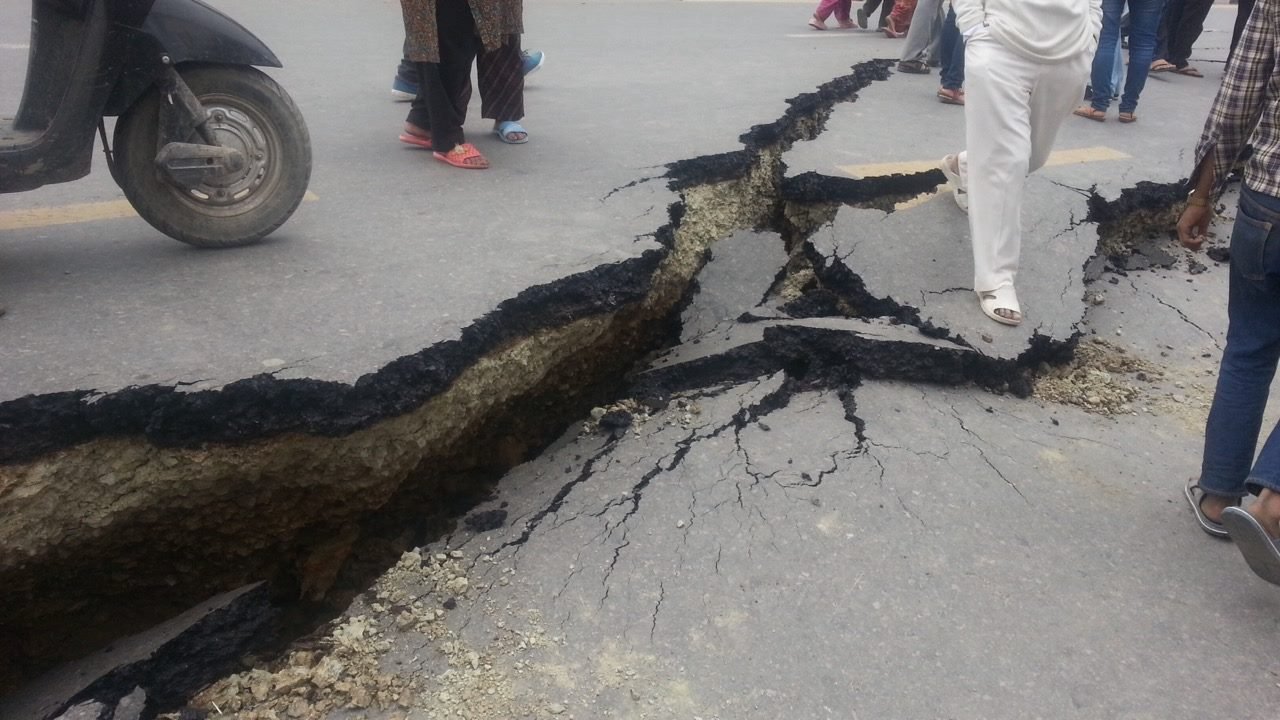
The devastating earthquake of April 25, 2015, stands as a stark reminder of how quickly history can repeat itself. Temples that had stood for centuries crumbled in seconds, and the city’s skyline changed overnight. But even amid tragedy, the event offered scientists a living laboratory. By studying which buildings survived and which fell, experts gained vital insights into both ancient techniques and modern vulnerabilities. The rebuilding efforts since then continue to draw from lessons learned over generations.
Community Rebuilding: Tradition and Innovation
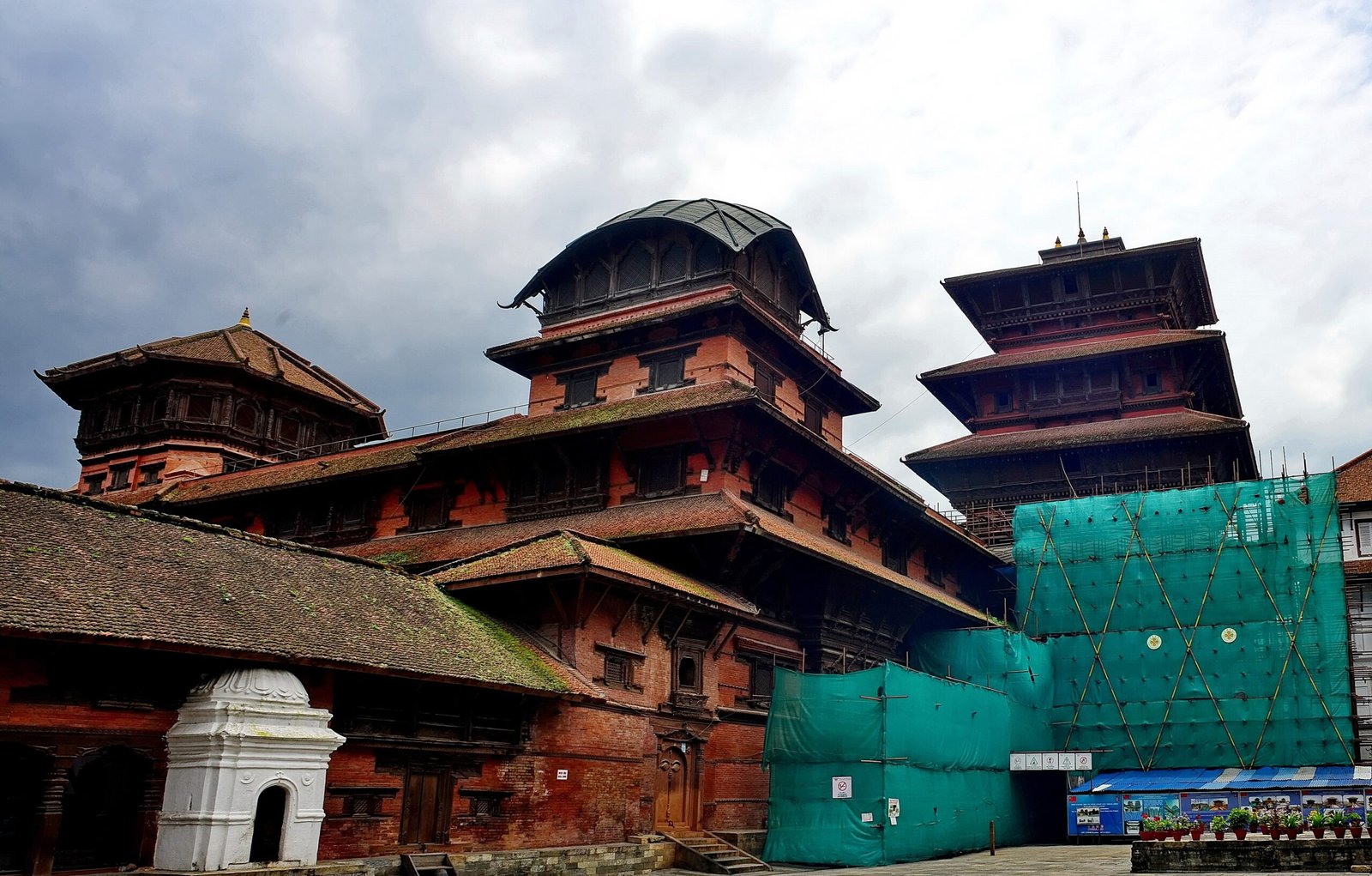
Reconstruction in Kathmandu is not just about restoring lost beauty; it’s about blending tradition with innovation. Craftsmen use age-old techniques to recreate intricate woodwork and masonry, while engineers reinforce structures with steel and concrete. This collaborative approach ensures that temples remain both authentic and safer for the future. The rebuilding process itself becomes another layer in the city’s ongoing seismic story, connecting past, present, and future.
Earthquake Myths and Local Beliefs
Kathmandu’s inhabitants have long woven earthquakes into their spiritual worldview. Some believe that quakes are caused by divine displeasure or cosmic imbalance, and rituals are performed to appease the gods after a major tremor. These beliefs shape how communities respond to disaster, influencing everything from rebuilding priorities to festival traditions. Science and spirituality intermingle in the valley, creating a unique cultural response to earth’s unpredictable power.
Artistic Expressions of Seismic Events
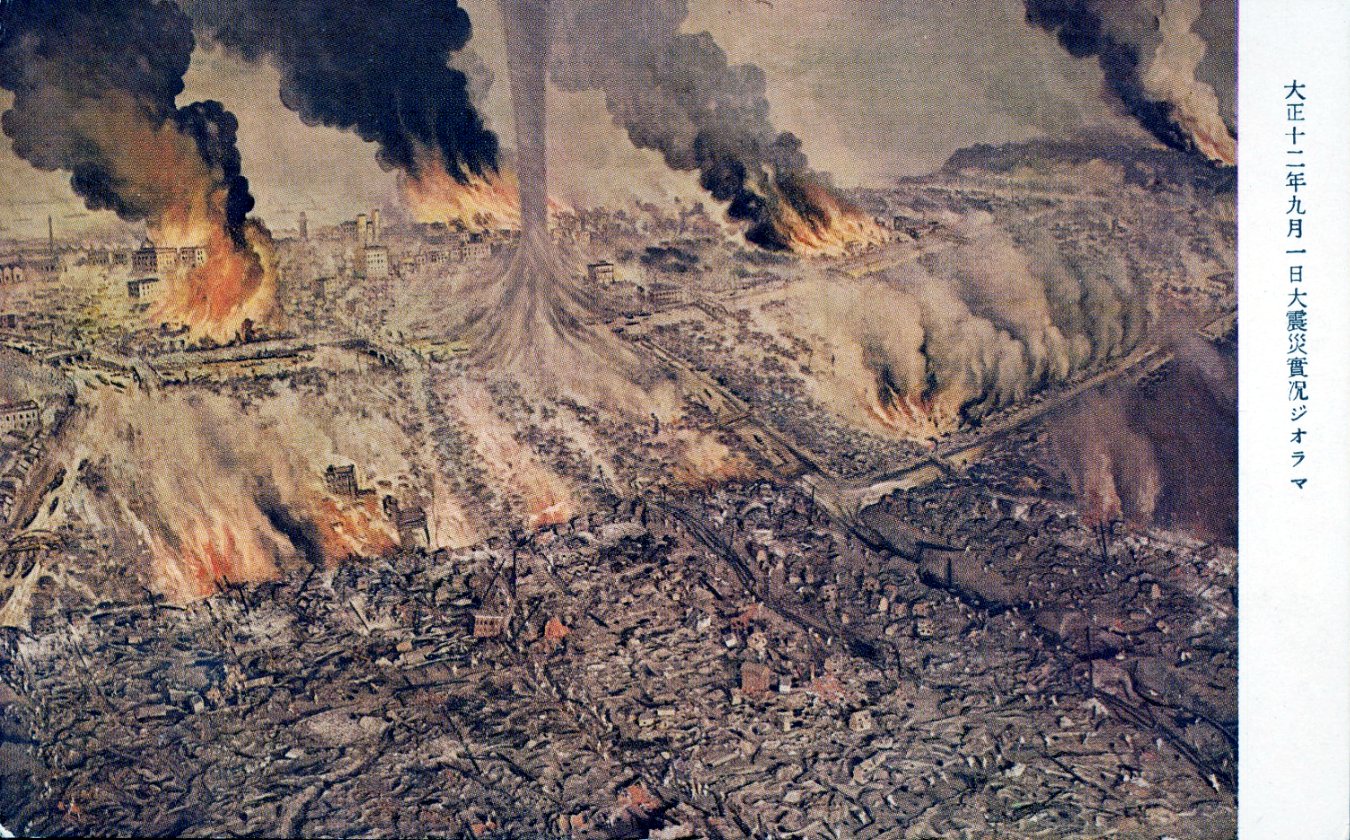
Earthquakes have inspired artists and poets for centuries in Kathmandu. Ancient carvings sometimes depict cracked foundations or trembling gods, while modern murals memorialize recent disasters. These creative works serve as emotional outlets and historical records, helping people process trauma and remember lessons learned. Art becomes a bridge, connecting those who lived through past quakes with those who will face them in the future.
Lessons from Neighboring Regions
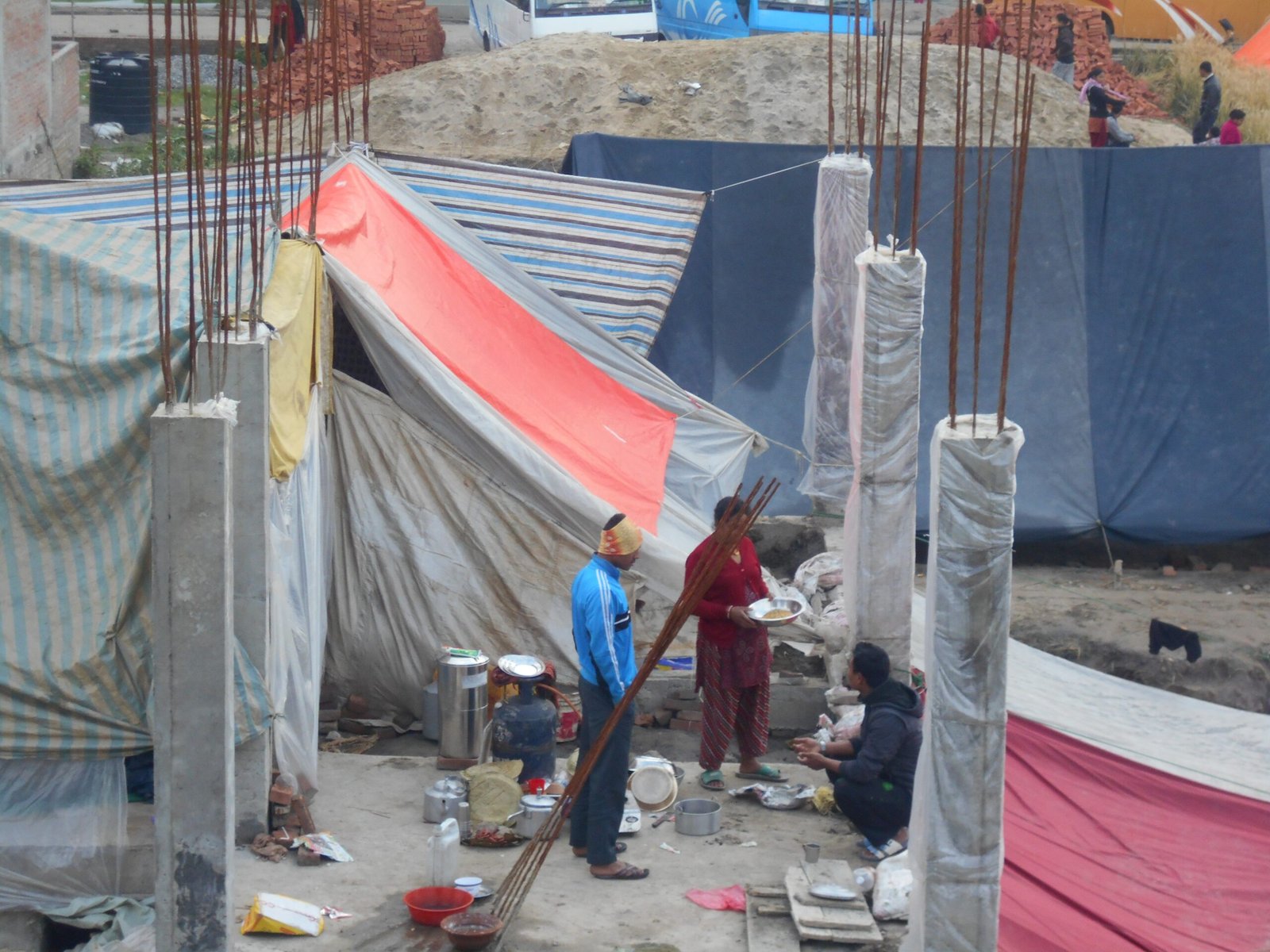
Kathmandu is not alone in its seismic struggles. Nearby regions in Nepal and northern India share similar stories of temples toppled and rebuilt. Studying these parallel histories allows scientists to compare building techniques and disaster responses, broadening their understanding of earthquake resilience. Lessons learned in one valley often influence reconstruction projects across the region, creating a network of shared wisdom.
The Role of Oral Histories in Seismic Science
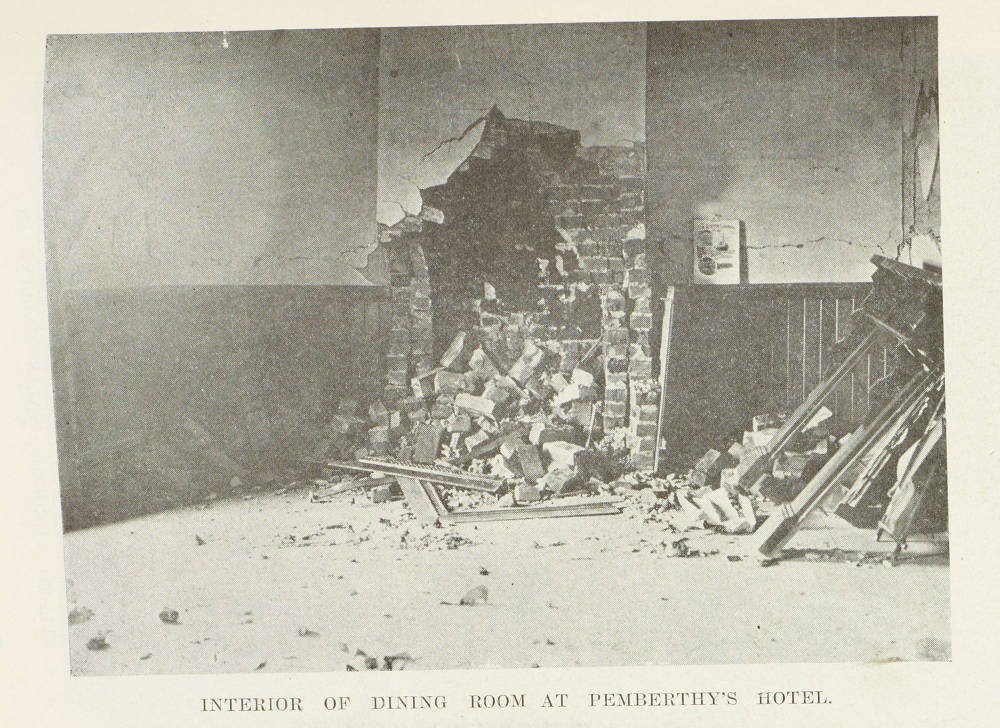
While much of Kathmandu’s history is written in stone, oral traditions also play a crucial role. Elders remember stories of past earthquakes, often passed down through generations. These accounts provide details that archaeological evidence can’t always capture—like the sounds of buildings collapsing or the community’s immediate response. By collecting and preserving these stories, researchers gain a richer, more personal understanding of seismic events.
Seismic Risk Today: Are We Ready?
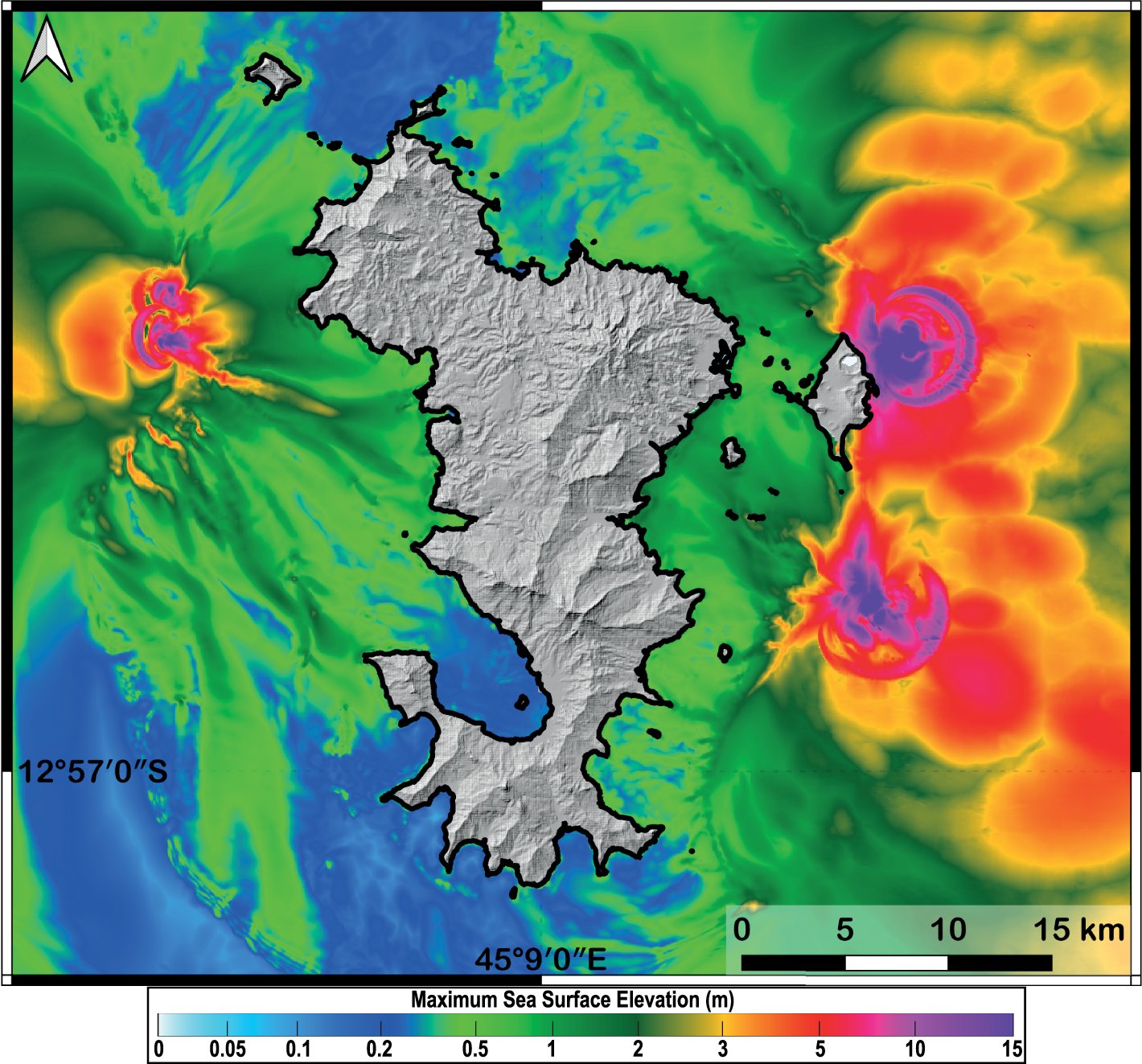
Despite centuries of experience, Kathmandu remains vulnerable to future earthquakes. Rapid urbanization, population growth, and changing building materials introduce new risks. Many modern structures lack the flexibility and resilience of their ancient counterparts, raising concerns among scientists and city planners. Ongoing research and community education are vital to preparing for the next big quake, ensuring that hard-won lessons are not forgotten.
Earthquakes as Catalysts for Social Change
Major earthquakes have often sparked waves of social and political change in Kathmandu. After a disaster, communities come together, forging new connections and sometimes pushing for reforms in governance or urban planning. The shared experience of loss and recovery can break down barriers and inspire collective action. In this way, earthquakes are not just destructive—they’re also powerful agents of transformation.
Preservation Challenges in a Changing World
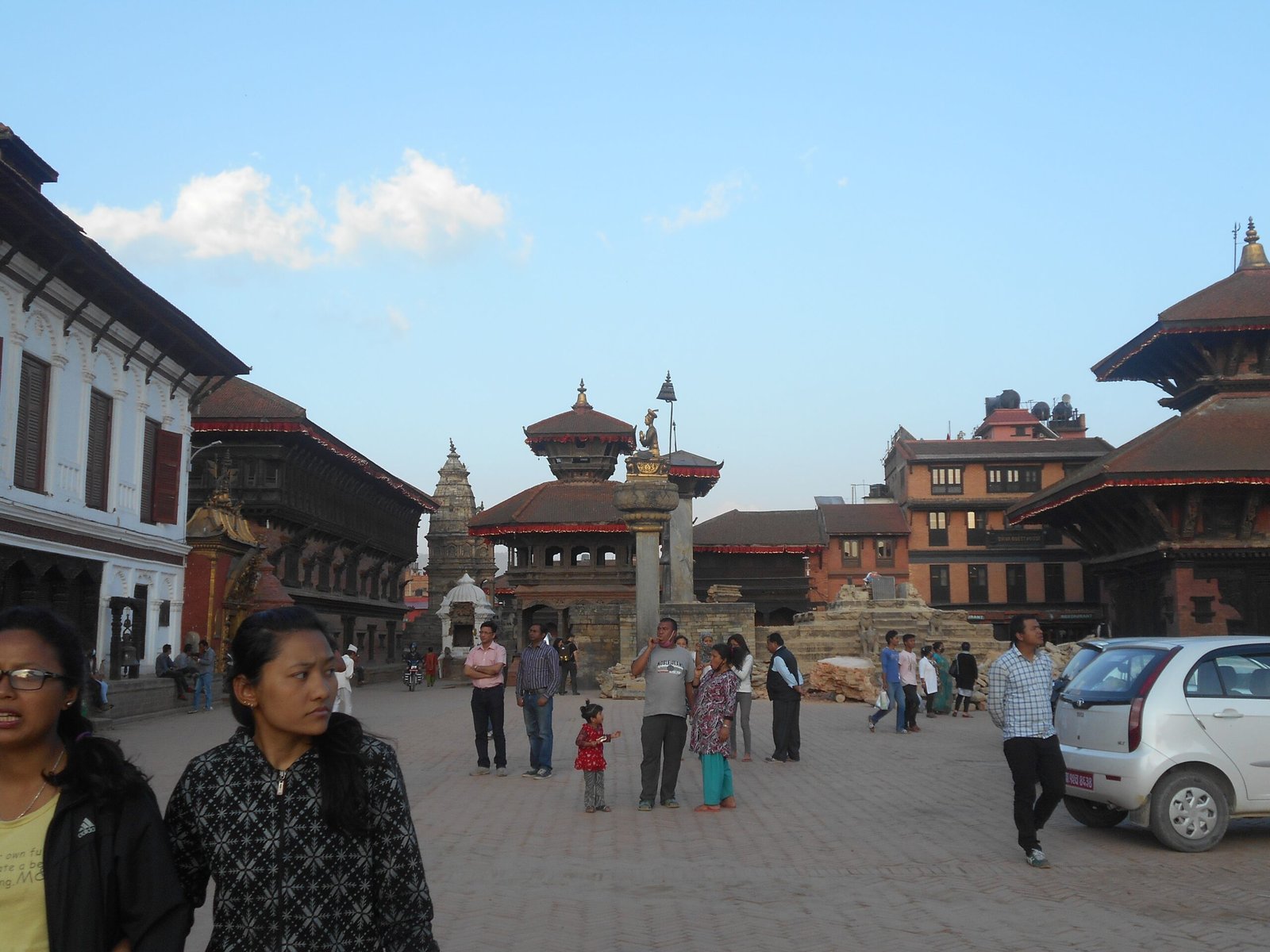
Preserving Kathmandu’s earthquake-scarred temples is an ongoing challenge. Pollution, tourism, and climate change all threaten the integrity of these ancient structures. Conservationists must balance the need for accessibility with the imperative to protect fragile sites. International support and local stewardship are both crucial, as is an understanding that these temples are more than tourist attractions—they’re living links to the valley’s seismic past.
What the Future Holds: Learning from the Layers
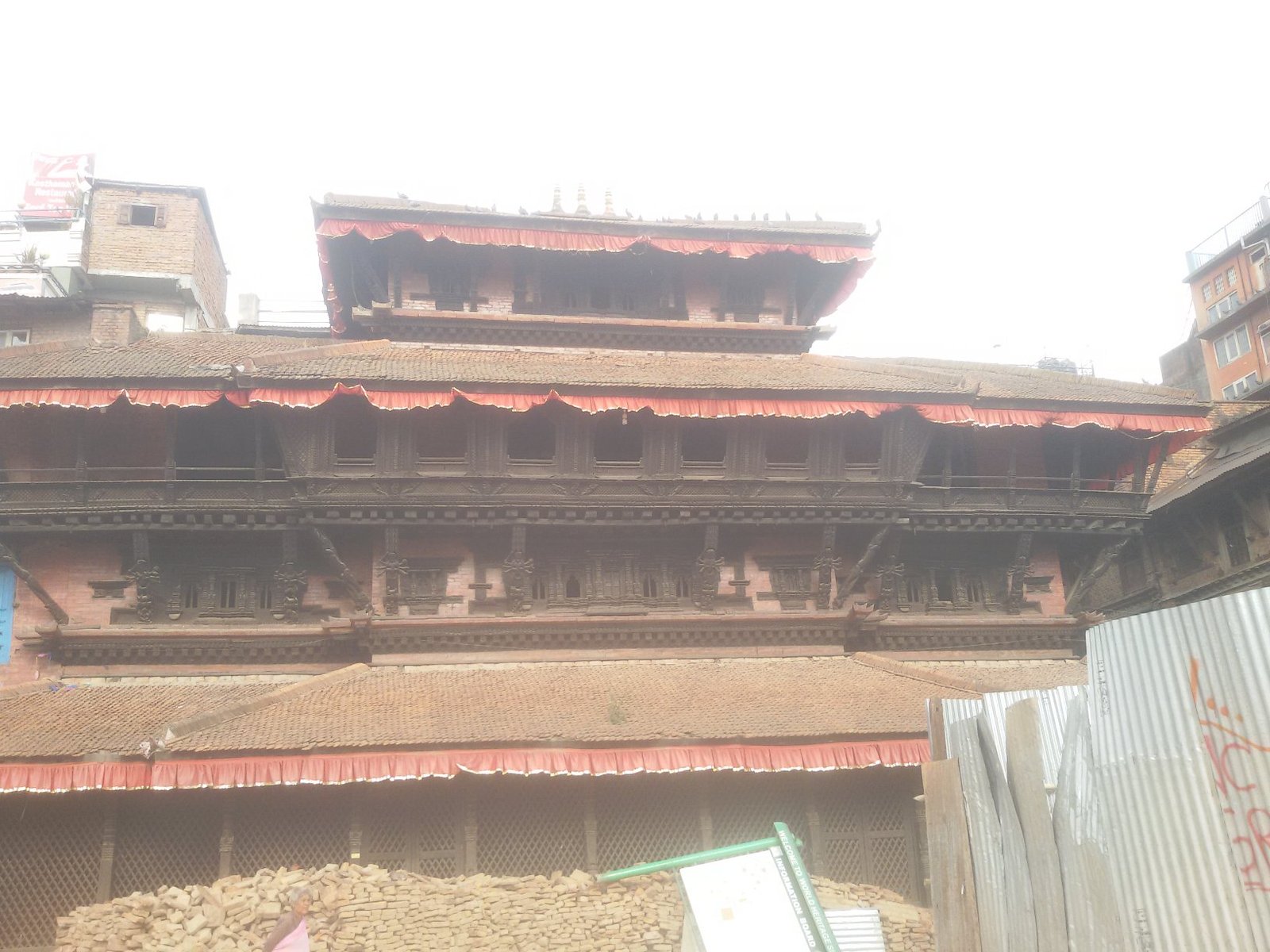
The story of Kathmandu’s temples is still being written. As scientists peel back each layer of stone and story, they find new insights into how humans adapt to living on shaky ground. Future generations will inherit not only the buildings but also the wisdom embedded in every repair and ritual. The hope is that by honoring and understanding these earthquake layers, Kathmandu can face whatever the earth throws next with courage and knowledge.
Personal Reflections: A Walk Among the Ruins
There’s something humbling about standing in the shadow of a temple that has survived centuries of shaking. It makes you realize how small, yet how resilient, humanity can be. For many visitors and locals, these ruins are more than reminders of disaster—they’re symbols of hope, ingenuity, and the relentless will to rebuild. Every crack and scar has a story, and every story is a lesson for the future.
A City’s Memory Written in Stone
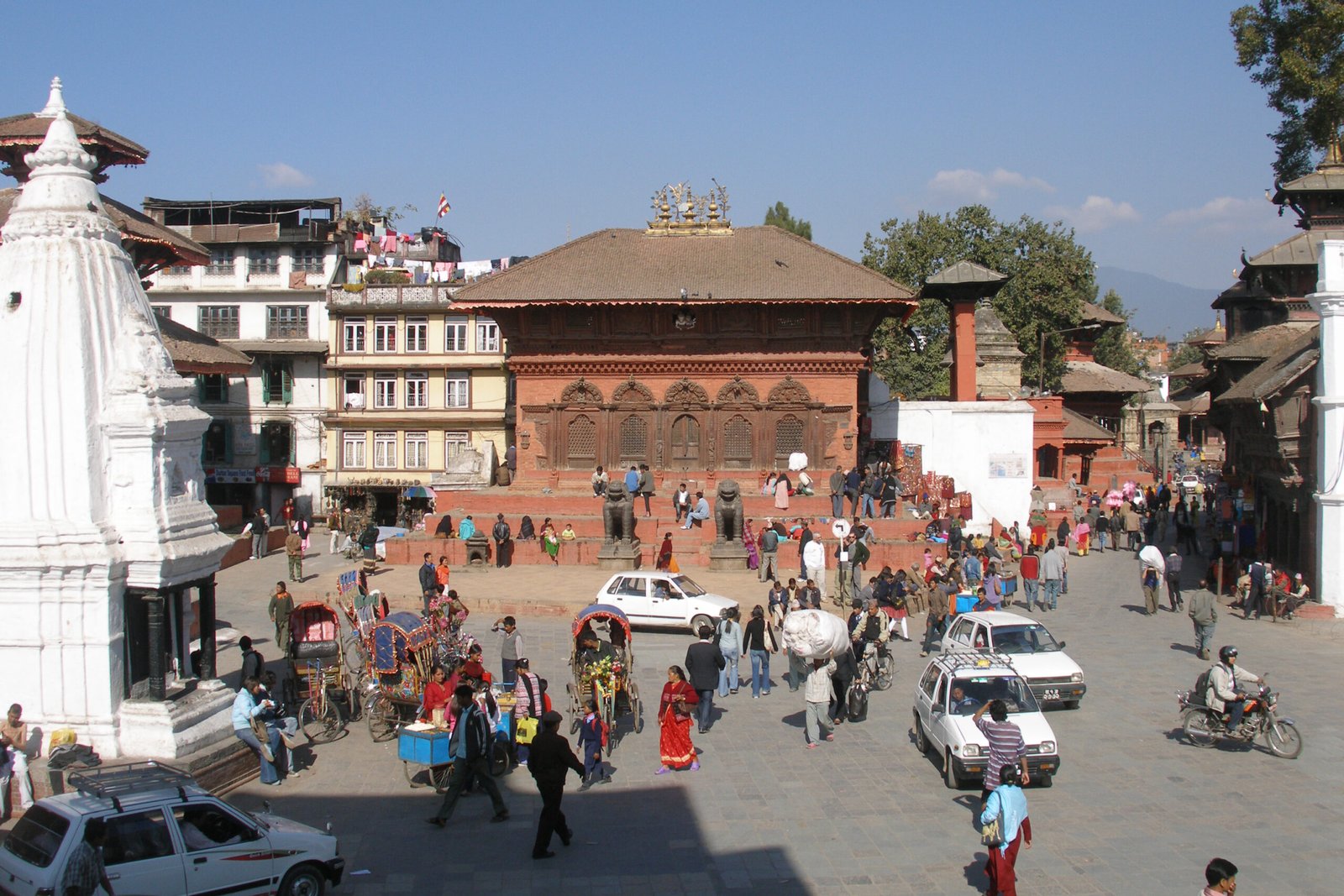
Kathmandu’s temples are more than places of worship—they are the memory of a city, inscribed in brick and beam. Each earthquake leaves its mark, but each generation responds with creativity and courage. As we walk among these ancient structures, we are reminded that the ground may shake, but the human spirit remains unbroken. What would you see if you looked at a temple—not just as a monument, but as a living record of survival?

